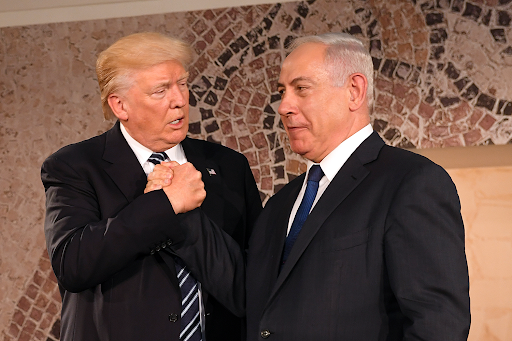Gaza’s future stands at a crossroads, with its fate hanging on the outcome of a critical White House meeting Monday between U.S. President Donald Trump and Israeli Prime Minister Benjamin Netanyahu. Trump will advocate for a diplomatic path forward through a comprehensive peace deal, while Netanyahu has shown a clear preference for continuing his military campaign.
The U.S. president is championing a 21-point plan, reportedly developed with input from Arab nations, as the definitive solution to the nearly two-year war. The deal aims to free hostages, disarm Hamas, and establish a long-term ceasefire. Trump’s recent social media posts have been filled with optimism, suggesting a historic agreement is within reach.
This vision of a negotiated peace is at odds with Netanyahu’s publicly stated goals. The Israeli leader has vowed to “finish the job” against Hamas, and his military has continued its push into Gaza City. This has created an unusual and public rift with Trump, who has recently admonished his Israeli ally on other issues, signaling a more strained relationship.
The voices of hostage families have become a crucial factor in the lead-up to the summit. Their open letter to President Trump, pleading with him to prevent the deal’s collapse, has added significant emotional and political pressure on both leaders to find a way to end the conflict and bring the captives home.
According to Middle East analyst Natan Sachs, the dynamic of the meeting will be key. While Netanyahu is set on war, the pressure from Trump could be a game-changer. A major sticking point is the “day after” in Gaza. The American plan involves an international transitional body and an eventual role for the Palestinian Authority, a framework Netanyahu has repeatedly and forcefully rejected, setting the stage for a tense and consequential summit.



